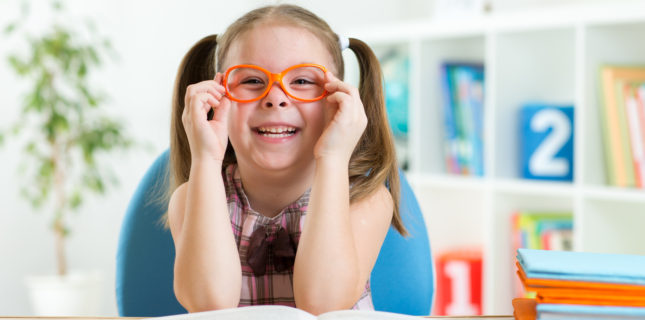
Controlling Myopia in Kids
Workshops at FDA headquarters this month are addressing ways to stem the tide of myopia in kids. Also known as nearsightedness, this visual defect occurs when distant objects appear blurred because images focus in front of the retina instead of on it.
Tip: Promote exercise. Why? According to one major study, “In schools that encouraged more outdoor activities during recess, only 8.4% of children became myopic, compared to 17.7% in schools that maintained their normal recess activities.”
One approach is slowing the progression of myopia with contact lens wear at an early age. The fact that the FDA is discussing the subject shows how important they think it is.
The all-day program, “Controlling the Progression of Myopia: Contact Lenses and Future Medical Devices,” is slated for Sept. 30 at the FDA White Oak Campus in Silver Spring, MD. Attendees—including world-renowned scientists and clinicians—will explore various aspects of myopia progression.
Why is this such a hot topic? Because about a third of the U.S. population is considered to my myopic.
To shed more light (no pun intended) on the subject, here’s a look at some of what’s currently known about myopia and its progression in kids, plus what’s being done to reduce its incidence in children.
- INCIDENCE. A 33% incidence of myopia may sound high, but that’s nothing compared to the 90% of people in some East Asian countries who are myopic.
The lowest incidence, according to NCBI (National Center for Biotechnology Information, a branch of the National Institutes of Health) is among Sherpas in Nepal, where myopia is only experienced by 3% of the population. The highest? Asian kids, followed by Hispanic children.
- ONSET. The average age of onset is 8, and it usually progresses through age 16, almost always stabilizing by age 20. The average rate of annual progression is .50 D.
- OUTDOOR PLAY. One large study, conducted among schoolchildren in Taiwan, found a correlation between reduced myopia and more recess. According to the study, “In schools that encouraged more outdoor activities during recess, only 8.4% of children became myopic, compared to 17.7% in schools that maintained their normal recess activities.
So, what’s currently being done to minimize myopia?
- SPECTACLE LENSES. Myopia in children is becoming a hot topic for sure. Treatment options already tried, with varying degrees of success, include under-correcting for myopia and prescribing multifocal/bifocal spectacle lenses. In one trial fitting children with executive top bifocals reportedly slowed myopia’s progression in half.
- CLs AND PHARMACEUTICALS. According to the NIH, other effective methods tested to date are orthokeratology contact lenses, gas perm and soft contacts, and topical pharmaceutical agents like atropine, though it’s not usually prescribed for children due to potential side effects.
Have you implemented any strategies for reducing myopia in the kids in your practice? If so, tell us about it and your success rate by sharing in the conversation on Facebook here.
Comments are closed.









